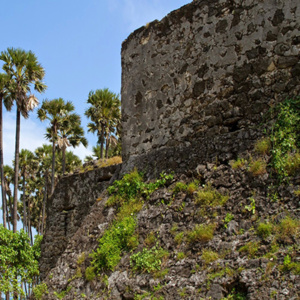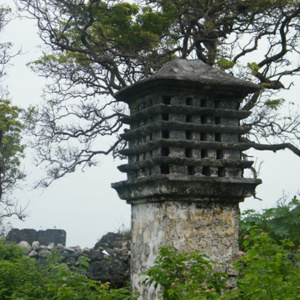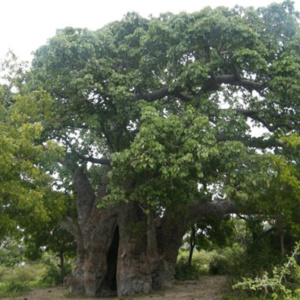


delft-island-fort
delft-island-fort-jaffna
delft-island-fort-sri-lanka
Delft has a series of names behind it such as Pasthiya or Nedundivu (the island of cows) which were the names given by natives. But the Portuguese named it Illhas das Vaka and finally the Duty named it Delft, after a town in the Netherlands. The Delft is approximately 4,700 hectares and is sparsely populated. The Delft was not affected by the recently ended civil war in Sri Lanka and has retained its charm that has come down the anal of history. Its haunting beauty is becomes even more picturesque when one finds out that there are a plethora of wild horses which the Portuguese introduced in the 1600s. These horses are prohibited by law from leaving the island and the population has now dwindled. The island has a Baobab Tree, A Quindah tower, the wells of Srapiddi and the old stables.
Visitors need to board the ferry from Kurikattuwan on the Southern tip of Pungudutivu (this is about a 30 minute drive from Jaffna) and the journey is about 1 hour. The ferry operates twice a day, one in the morning and in the afternoon. However, tourists are advised to check before preparation for the trip. The timetable is based on the weather conditions and the condition of the boats.
The Portuguese Fort is a small one turned out from coral and is now dilapidated. This Fort was probably situated here due to the advantageous mooring settings which were presented by the bay for old ships and its easy touchdown facilities. This could be the case due to the fact that the other coasts were opened to the sea. A very well preserved area, one can imagine the soldiers living in trying circumstances on this romantic, but very secluded island.
The Quindah Tower was a route-finding landmark and is located on the wind-beaten, desolate South Eastern Coast of the Delft. It is believed that the tower was covered with a reflective surface which helped ships on the open seas. The low central chimney shaft created a vacuum which forced air upwards. This no doubt had been used for sending out smoke signals or may be used as some other signal.


